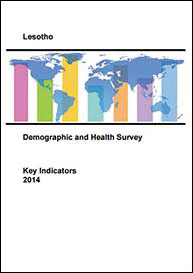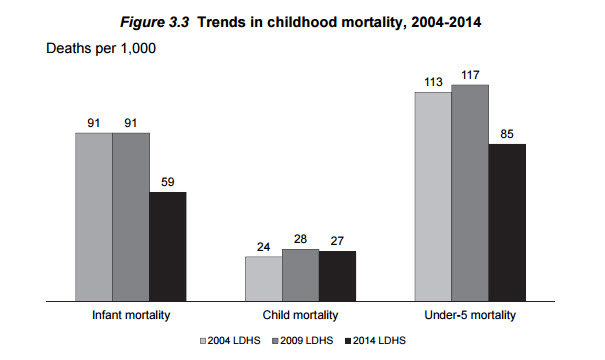Getting data to you faster: The Key Indicators Report
In 2006 I was in Addis Ababa, Ethiopia, preparing for the release of the 2005 Ethiopia Demographic and Health Survey (EDHS). In the days leading up to the national seminar and launch of the EDHS report, two separate individuals approached me at my hotel, both looking for an “advance copy” of the report. One was writing a grant proposal for child health services and wanted to see how child health indicators had changed since 2000. Another needed to know how to budget for family planning activities before his annual work plan was due, just days before the launch of the report. This is not a unique story, but rather an illustration of how much people rely on DHS survey data, how well they are used, and how much impact can be made by providing quality data in a timely fashion.
There is no survey manager at The DHS Program who has not been asked if data can be released in advance. We are always asking ourselves, “how can we get people the DHS survey data faster?” This month, we release the first Key Indicators Report: a report of the most essential results from the DHS, published just three months after the completion of fieldwork. In this case, the lucky country is Lesotho.*
While The DHS Program has always published a “Preliminary Report”, the Key Indicators Report is more complete, including additional indicators, more background characteristics such as wealth quintile, and many more figures, primarily to highlight trends. In Lesotho, for example, the Key Indicators Report highlights progress towards reducing childhood mortality.
The full DHS final report will continue to be published on schedule. For Lesotho, this will likely be in late 2015. But for now, it is our hope that these key indicators provide the much needed data that policy makers and program managers need to plan, monitor, and evaluate their efforts.
*Lesotho is the first country to produce a KIR with the newly designed standard DHS KIR tabplan and cover. Cambodia released a country-specific KIR in February 2015.




